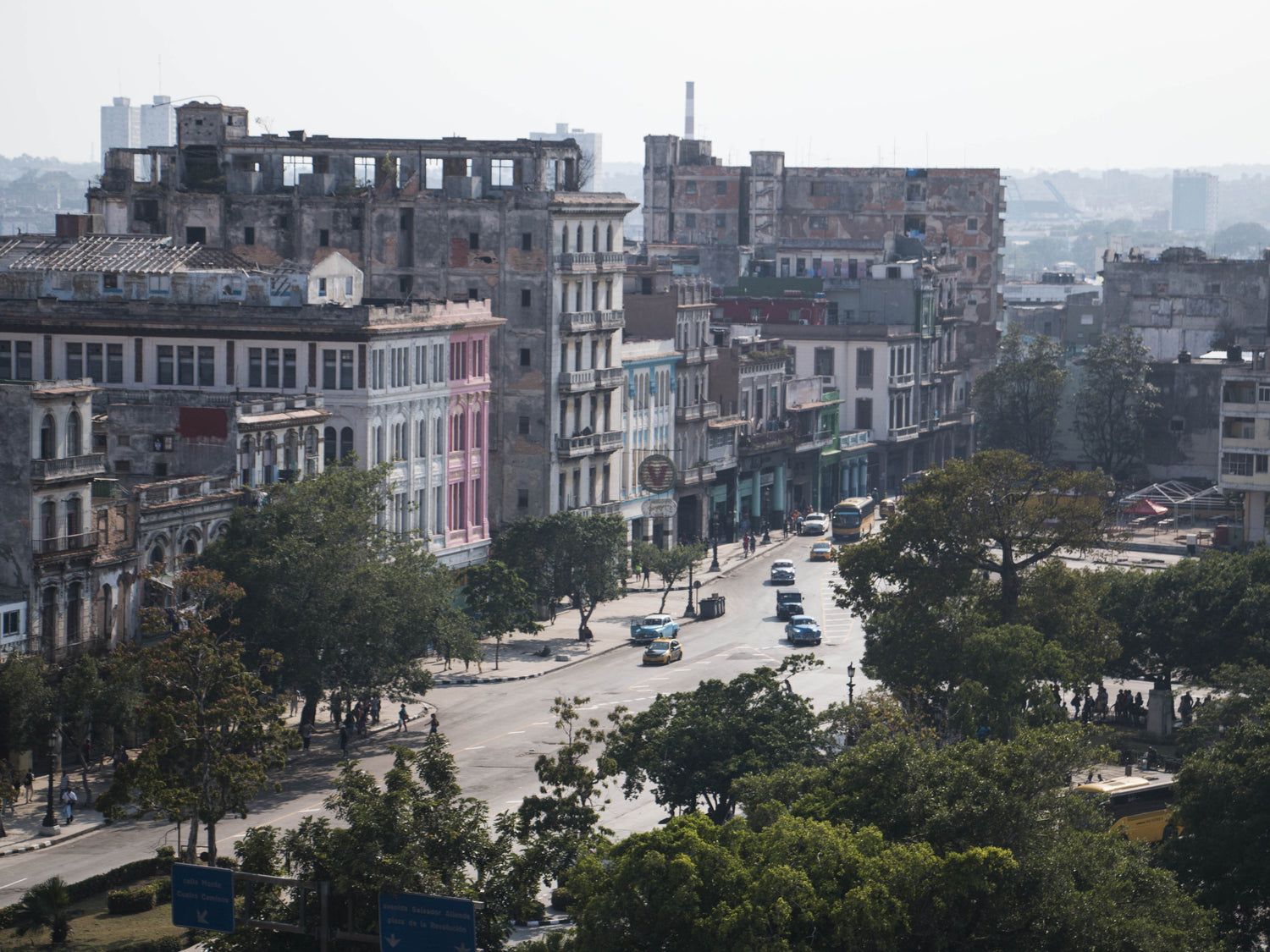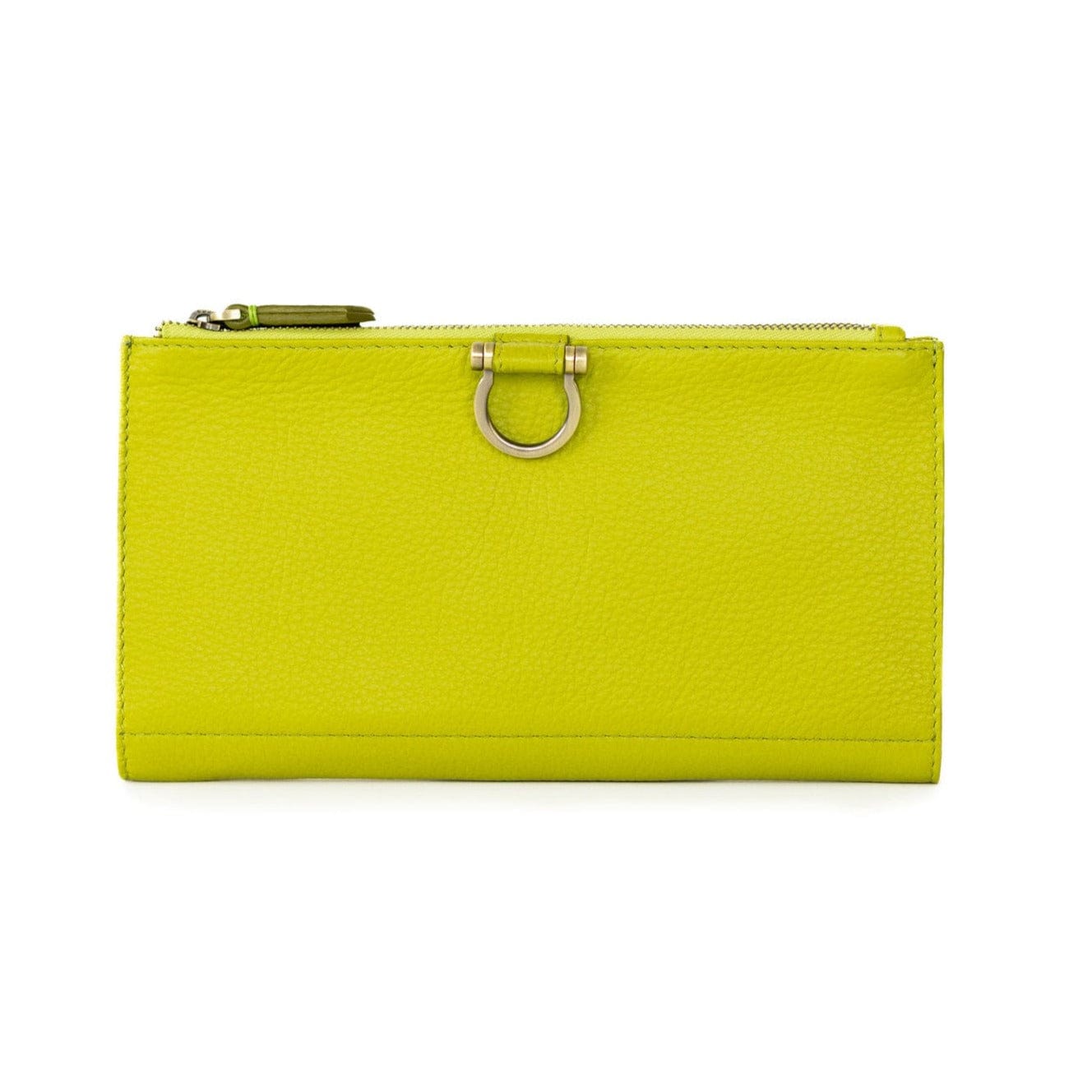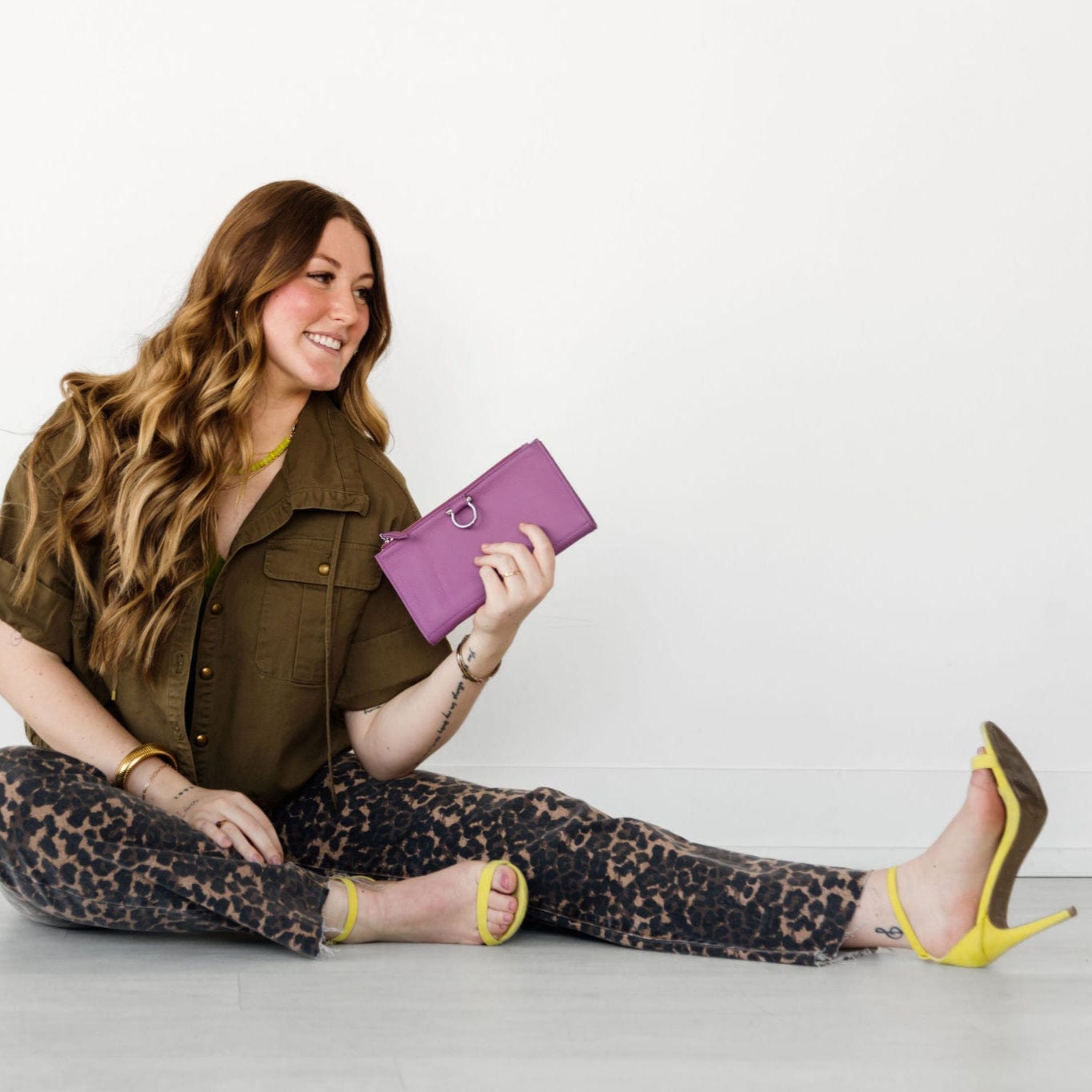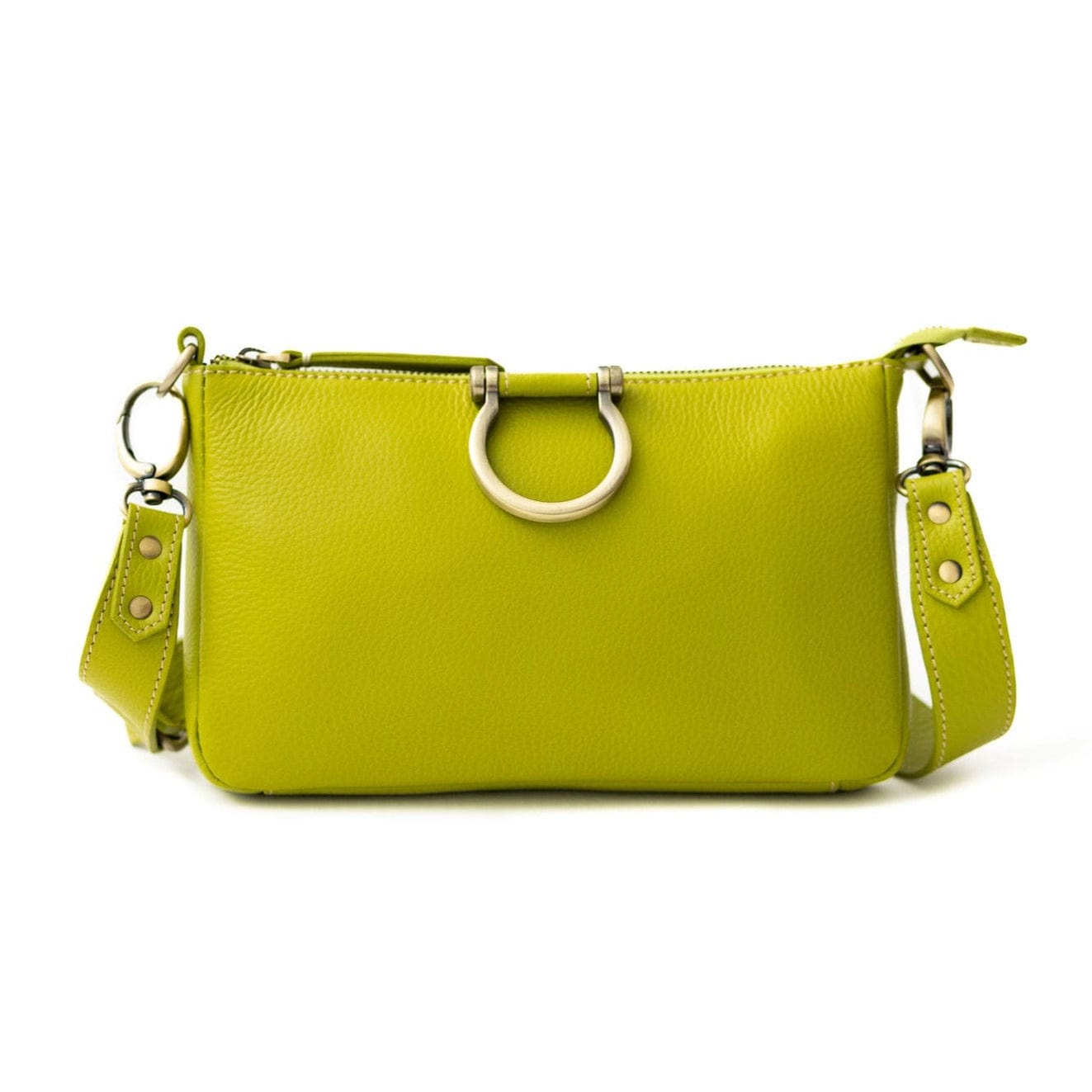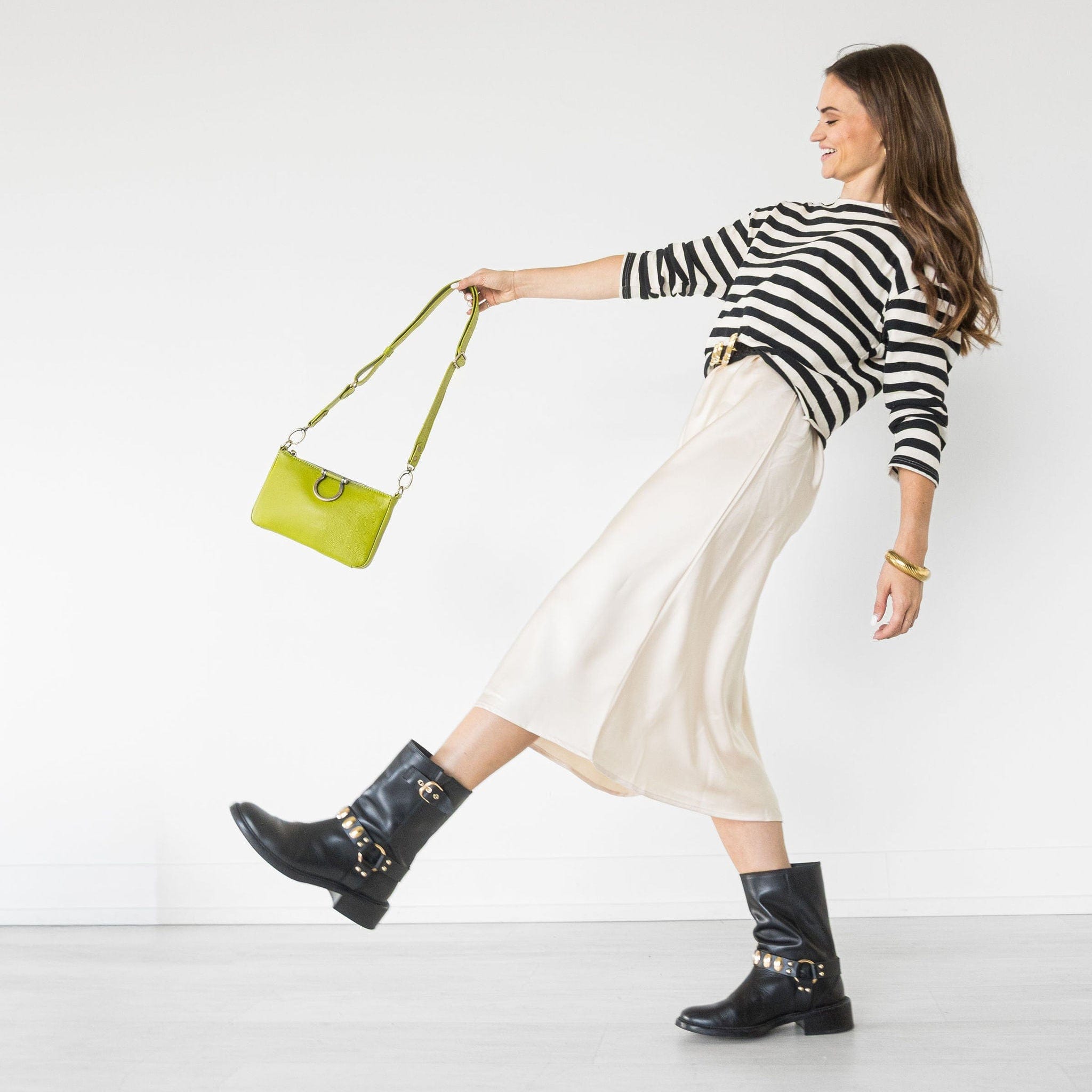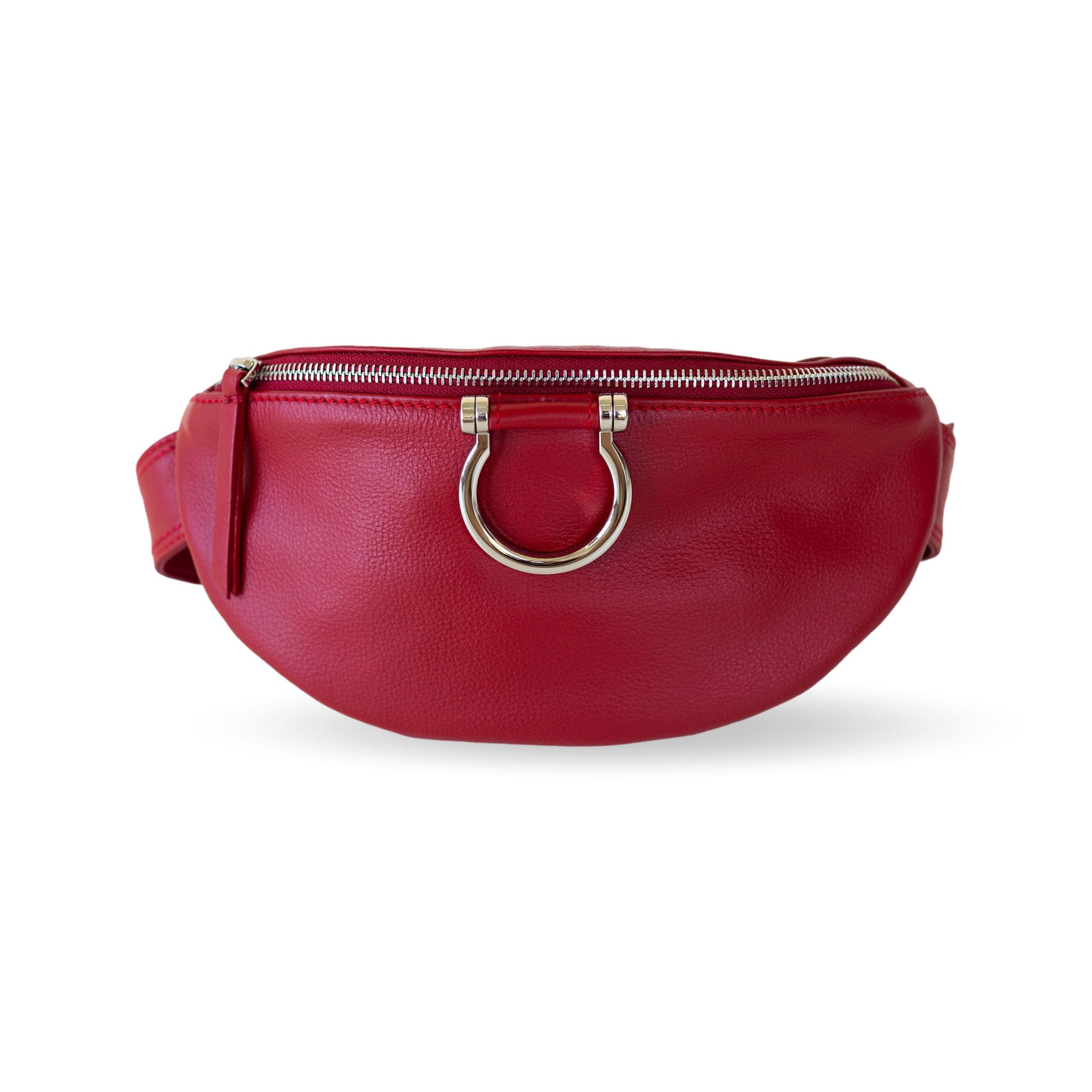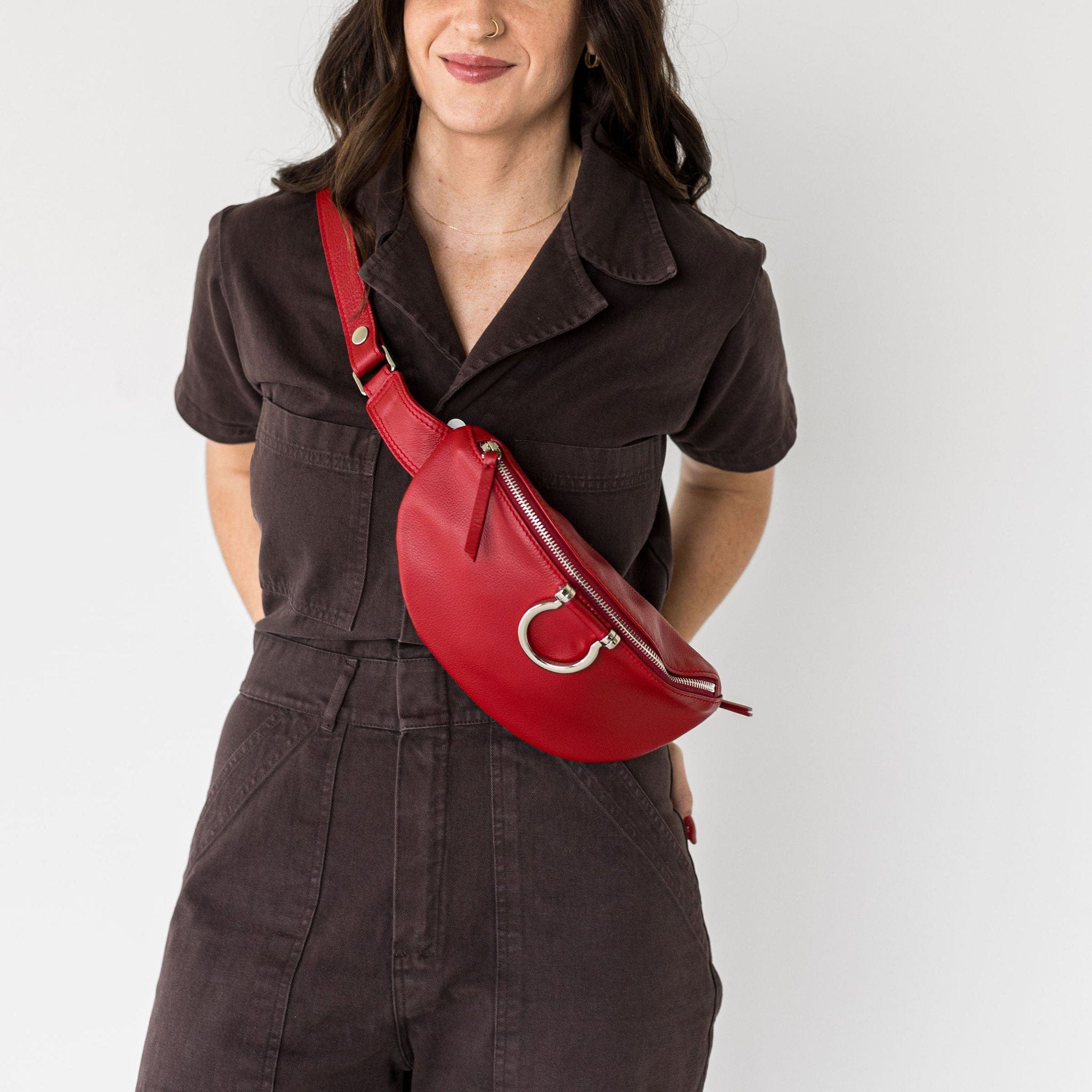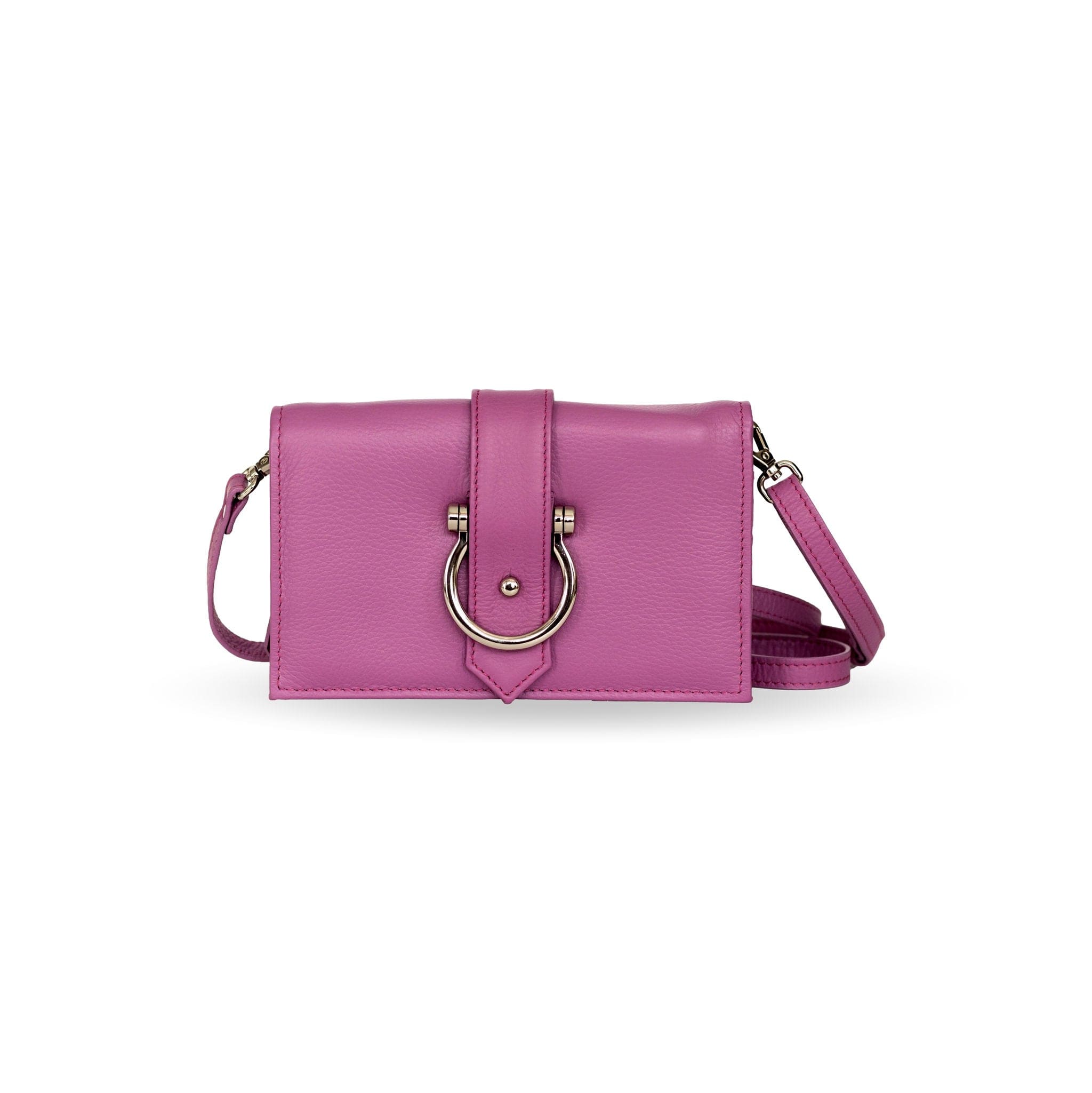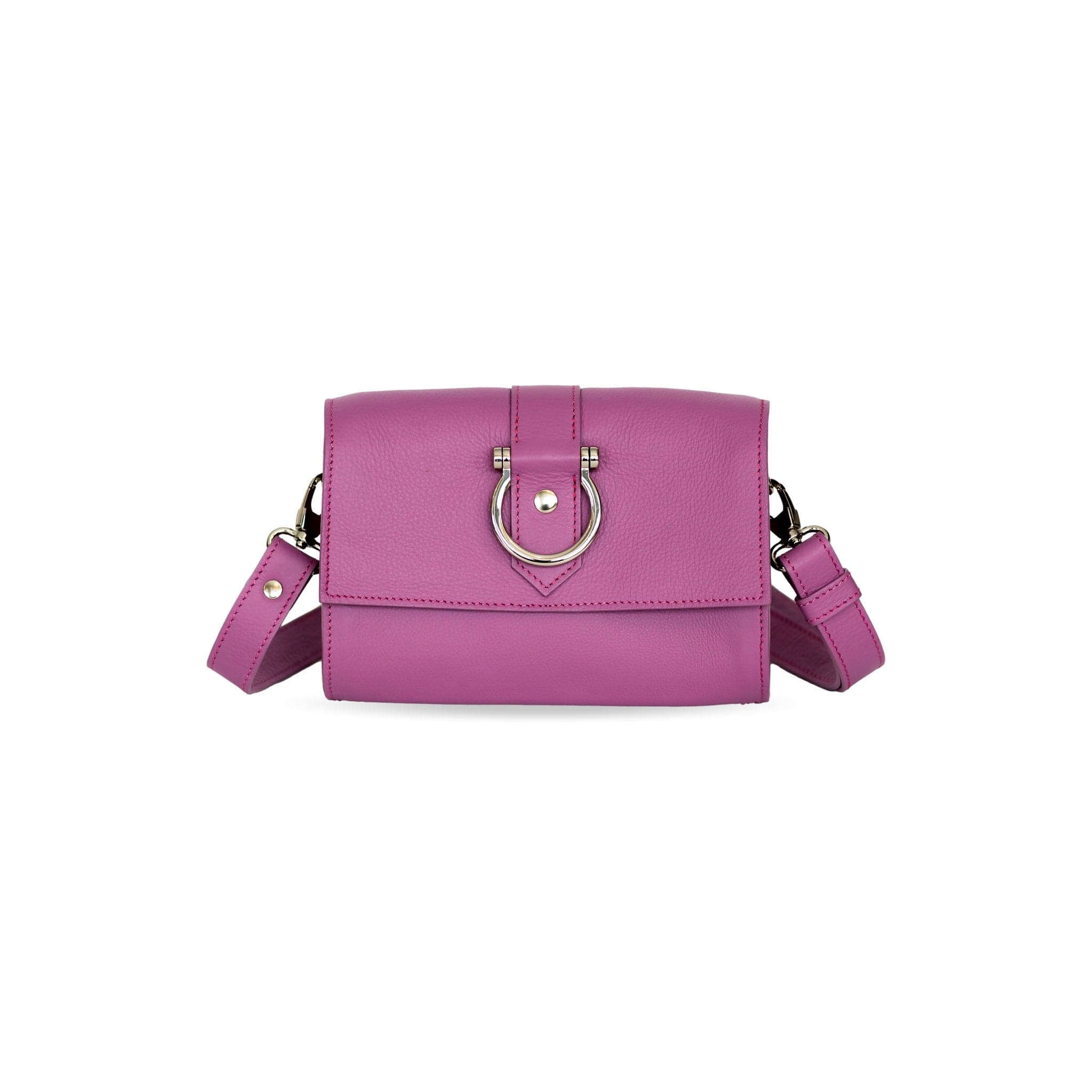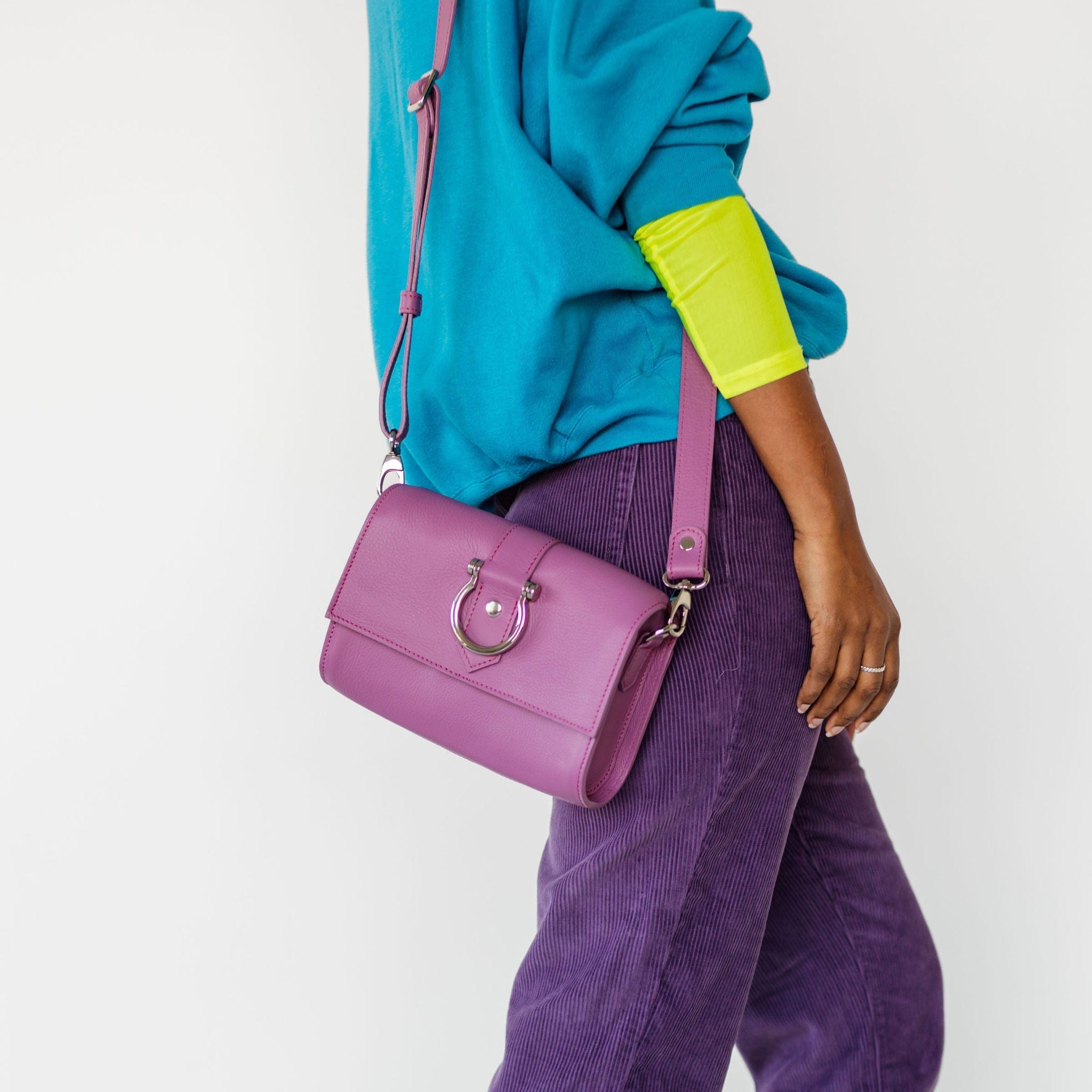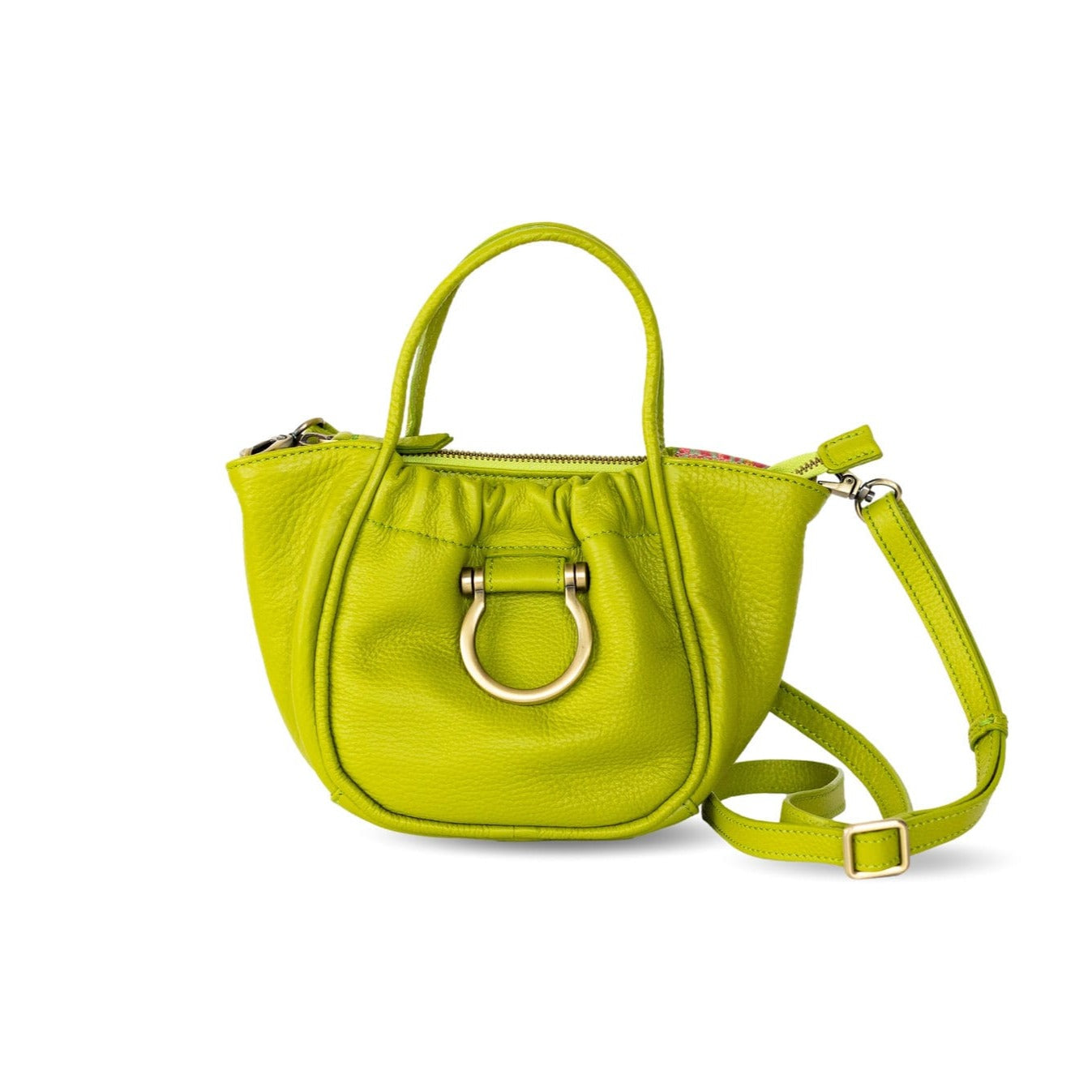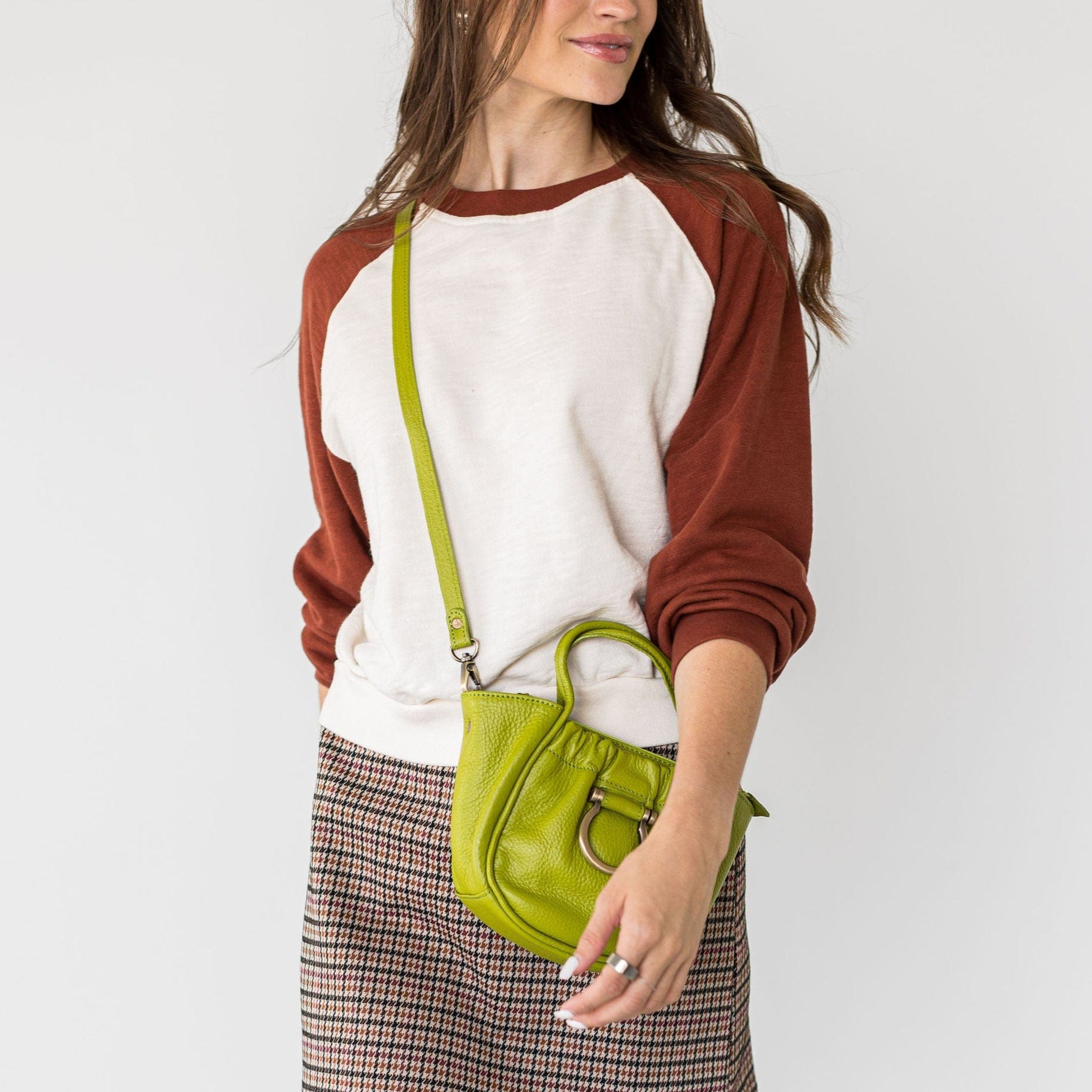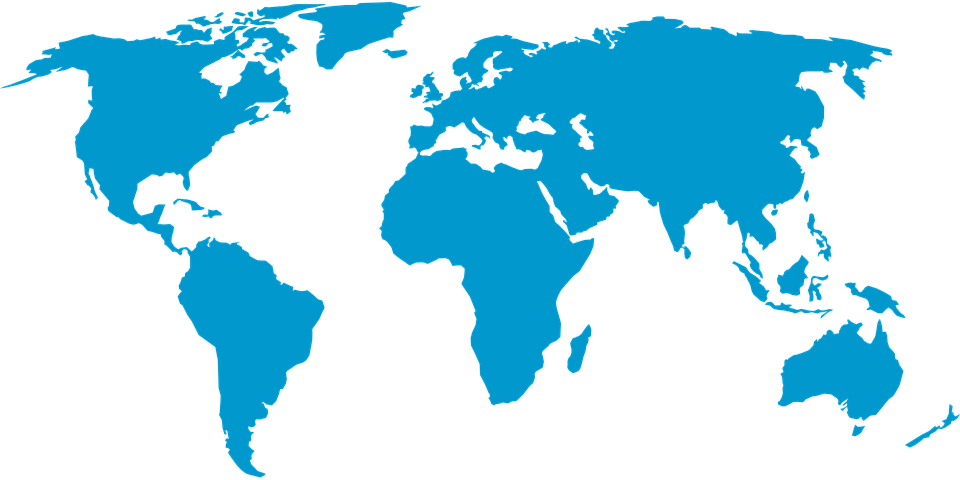Hey everyone! It’s Cahner again, here to tell you all about my recent trip to Cuba and give my best insider knowledge. I just returned from a seven-day spring break trip and WOW, Cuba is an amazing country! Although tourism to Cuba has been on the rise for a few years now, the country still feels very off-the-beaten tourist path and definitely still has its 1950s charm. Cuba is such a unique country and requires lots of research and planning before you go. Read on to see my favorite destinations and all the tips I picked up along the way!

Can US citizens go to Cuba?
US airlines now have direct flights to Cuba, however general tourism is currently prohibited. Travelers must fall within one of seven categories listed on the US Department of State website. I flew with United Airlines, who also has a very clear explanation of the restrictions to fly to Cuba on their website. I traveled with a journalist friend of mine, and therefore went under the journalistic visa category.
Under the Obama administration there was a category called People to People, in which travelers simply had to engage in some activity with the Cuban people during their trip. The Trump administration has removed that category, but be on the lookout for its return. Many travelers have also found a loophole by going through a connecting country; for example, buying a ticket to Mexico, and then on a separate reservation, buying a ticket to Cuba (although we must note that Sapahn never endorses cheating the system).
Does Cuba really have two currencies?
Cuba has two currencies: CUP is the national currency that the locals use, and CUC is the tourist currency. You will save money if you want to get the local currency, but the exchange rate requires some mental math every time you buy something and they won't exchange it at the airport; you have to get it in town. I recommend getting the the tourist currency, CUC, because 1 CUC = $1 so it’s extremely easy. A picture of CUC is below. You can easily identify it by the "pesos convertibles" in the middle.

Can't I just use my credit or debit card to pay for things?
Nope! American credit and debit cards won't work in Cuba, so you need to bring enough cash for the duration of your trip. They will also charge more for USD, so it's best to exchange your USD to either Canadian dollars, Euros or pounds before you go. I brought $755 Canadian dollars and got $556 CUC back.

How do you get around Cuba?
Locals take public buses everywhere, but the schedule and routes are complicated. To get from Havana to anywhere else in the country you can take a taxi colectivo, which is basically just a driver who takes as many people as his car can hold and you all split the cost. For transportation within Havana you can take a taxi, a little motorized scooter, or a bike taxi.
Where should I stay?
Casa particulares are the way to go when it comes to accommodation in Cuba. These are basically just a homestay with a Cuban family and are not only the best option price wise, but are also the best way to see true Cuban life. Casa particulares in Havana are now listed on Airbnb, however outside of Havana the online listings are few and far in between. A very viable option is to just show up in the other destination - there will always be places to stay! You can also ask your host in Havana to arrange something for you. If a homestay isn’t your thing there are also many hotels in the country, however the price points run much higher.

What should I see?
How much time you have will determine how many Cuban destinations you can visit. The top options are Havana (the capital), Varadero (beach), Vinales (tobacco fields), Trinidad (colonial town + beach) and Cienfuegos (smaller than Havana but just as much history).
My itinerary: 7 days
Day 1: Havana
Bienvenidos a Cuba! It’s best to take a taxi from the airport to your accommodation. I stayed in this Airbnb, which was located only 10 minutes walking distance to the Capitol and Parque Central, a beautiful park in the center of Old Havana.

Take the afternoon to familiarize yourself with the surrounding neighborhood. Kick off your first night in Cuba at Fabrica del Arte (Calle 26, esquina 11, Vedado). This dilapidated oil factory has been converted into a fantastic art space and club. Grab a drink, roam around the multiple levels of Cuban art galleries, then head to one of the multiple dance floors or concert halls in the building. There is a 2 CUC cover charge and you’ll need to take a taxi because it’s a little far away, but this is easily one of my favorite places in Havana. The perfect cultural activity for any age traveler!
Day 2: Havana
Visit the Museo de la Revolution to learn more about Cuba’s history. Be on the lookout for signs of propaganda - one of the most interesting aspects was seeing the museum’s take on socialism and their attitudes towards the United States. It’s a great lesson that there are two sides to every story and the truth probably lies somewhere in the middle.

Take a walk along the water for a great view of Havana’s skyline. Walking along the water will take you straight to the old fort area and close to Plaza de la Cathedral.

Head to Dona Eutmia for lunch (or to make a reservation for dinner, sometimes they get really busy). Dona Eutemia is considered to be one of the most authentic Cuban food paladors.
While in the area, enjoy the beautiful Plaza de la Cathedral, and be sure to stop in the church itself.
Day 3: Trinidad
Trinidad is a beautiful colonial town located about four hours southeast of Havana. I highly suggest some time outside Havana; Cuba is a big island and there is so much else to see!

There aren’t many Airbnb’s listed in Trinidad. Either show up and ask your driver to take you to a hotel, or if you’re lucky like me, your host in Havana will know people in Trinidad and can set you up with accommodation.
Trinidad is a town that you can walk around in for hours just looking at all the cute architecture. Wander the streets for a while, then head to Plaza de la Musica at night. This plaza has some great restaurants, live music, and a big set of stairs where people lounge and just enjoy the nice weather and music.

Day 4: Trinidad
Beach day! Cuba has some amazing beach selections, and the best beach on the south coast is located only 30 minutes from town. You can take either the public bus for 5 CUC, or a taxi for 8 CUC and then split the cost with whoever you’re riding with.

Playa Ancon in a beautiful white sand beach with crystal clear water. Many tiki huts and palm trees line the shore and are free to use. My favorite part about this beach was that although beautiful, it wasn’t very busy and wasn’t overrun with resorts and locals trying to make money off you. There are a few restaurants and bars scattered along the shore as well.
Day 5: Trinidad
On day five, we scuba dived! My host family set up a scuba diving excursion for us and it was amazing! It was my first time and I already can’t wait to go again. The taxi picked us up at 8:15 am and drove us about 40 minutes away from town. The coral and fish were so pretty! Transportation was 15 CUC total, and 40 minutes of being under water costs 40 CUC. Not a bad deal!

Day 6: Havana
One day six we drove back to Havana and stayed in the same Airbnb as before. The taxi from Trinidad will leave early in the morning, getting back to Havana around 12:30 pm. Spend the last day on a tour of Hemingway.
First take a tour of Hemingway’s house, located in central Havana.
El Floridita claims to be Hemmingway’s favorite bar in town and even has a statue of him to take photos with. Drinks are expensive (by Cuban standards) but the atmosphere and live music is great.
Day 7: Departure
I had to leave for the airport at 11 am, so on my last morning I just hung around my Airbnb, packed, and had a nice breakfast with my host family. The perfect end to an amazing week!
Have you been to Cuba? Leave a comment and tell us your favorite destination! And be sure to check out our packing blog post for all my tips about packing for this trip.

